Rare group of Retinitis Pigmentosa conditions, causes symptoms, and the help you can get to address the disease
Retinitis pigmentosa is a collective term for a collection of linked eye illnesses that result in progressive vision loss. These conditions damage the retina, the light-sensitive layer of tissue at the back of the eye. Vision loss happens gradually in persons with retinitis pigmentosa when the retina’s light-sensing cells degenerate.
Rarely, retinitis pigmentosa develops in conjunction with disorders affecting other organs and tissues in the body. These are referred to as syndromic versions of the illness. Usher syndrome is the most frequent kind of syndromic retinitis pigmentosa. It is characterized by an early onset of visual and hearing loss. Additionally, retinitis pigmentosa is a characteristic of a number of other hereditary disorders, including Bardet-Biedl syndrome; Refsum disease; and neuropathy, ataxia, and retinitis pigmentosa (NARP).
While physicians now understand a great deal about how the disorder is inherited, researchers are still investigating why particular gene combinations cause retinitis pigmentosa.
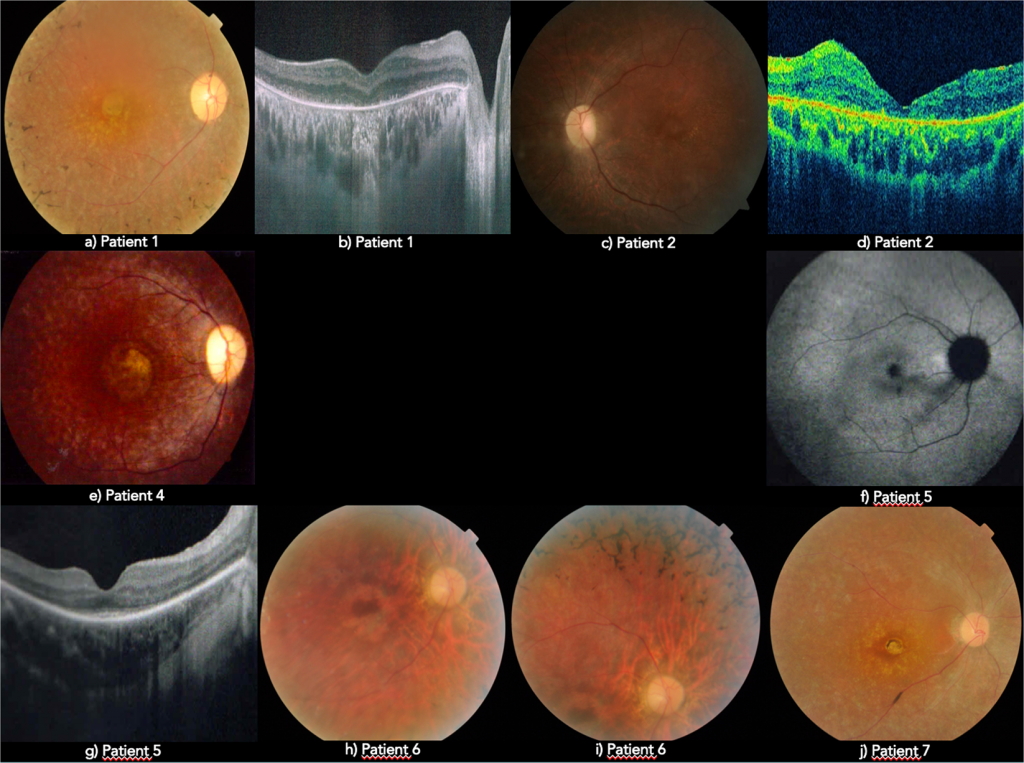
Types of Retinitis:
Retinitis Pigmentosa: There are many different types of retinitis (RP). This is a set of inherited hereditary eye illnesses from one or both parents.
RP and associated disorders include the following:
Retinitis caused by cytomegalovirus (CMV): This is a kind of retinitis that occurs as a result of a retinal viral infection.
Cytomegalovirus (CMV) is a kind of herpes virus. The virus has been transmitted to the majority of individuals, yet it normally causes little damage. Reactivation of a herpes virus in patients with weakened immune systems may result in retinitis.
Retinitis pigmentosa often manifests itself throughout infancy or adolescence. However, each individual may experience symptoms in a unique way. Certain individuals with the condition have a gradual, highly progressive loss of vision. Others have a far more rapid and severe loss of vision. Typical symptoms include the following:
The disorder may present with symptoms similar to those of other eye diseases. Consult your eye care practitioner to get a diagnosis.
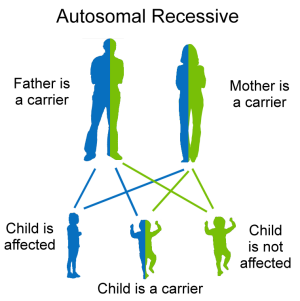
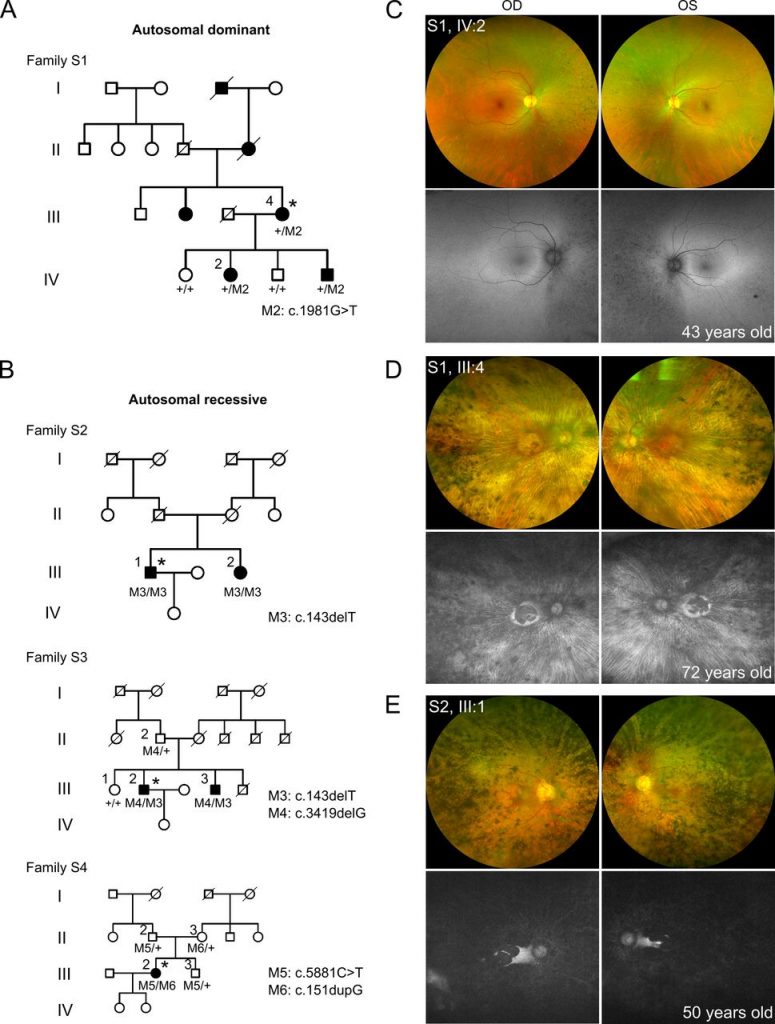
Over 60 distinct genes are associated with the various forms of retinitis pigmentosa. Parents may pass on problematic genes in three distinct ways to their children:
Autosomal recessive RP: Each parent has one defective copy and one normal copy of the relevant gene, but neither parent exhibits symptoms. This kind of retinitis pigmentosa is caused by a kid inheriting two defective copies of the gene (one from each parent). Due to the need for two copies of the problematic gene, each kid in the family has a 25% risk of being impacted.
Autosomal dominant RP: This kind of retinitis pigmentosa is caused by the presence of just one copy of the problematic gene. Each kid of a parent who has that gene has a 50% chance of inheriting it.
X-linked recessive RP: A woman who possesses the problematic gene might pass it on to her offspring. Each of them has a 50% chance of acquiring it. The majority of women who possess the gene will experience no symptoms. However, around 1 in every 5 people may have moderate symptoms. The majority of males who contract it will develop more severe instances.
If you have retinitis pigmentosa, an eye doctor (ophthalmologist) can diagnose you. They will examine your eyes and do many unique tests:
Ophthalmoscope: The doctor will place drops in your eyes to dilate your pupil so that he or she can see your retina more clearly. They will examine the back of your eye using a portable instrument. If you have RP, your retina will have distinct types of black patches.
Visual field test: You will see a spot in the center of your vision via a tabletop machine. While keeping your gaze fixed on that location, things or lights will appear to the sides. When you see them, you’ll click a button, and the machine will build a map showing how far to the side you can see.
Electroretinogram: Your eye doctor will place a thin gold foil film or a special contact lens over your pupil. They will next assess your retina’s response to light flashes.
Genetic Test: You will submit a DNA sample to determine the kind of RP you have.
If you or a family member is diagnosed with retinitis pigmentosa, all family members should be screened.


There is currently no cure or therapy for RP or related retinal illnesses. However, RP may create additional eye issues such as cataracts or retinal edema that can be corrected. UCSF and other institutions are working to find viable therapies for the condition. Potential therapies for RP include gene therapy, stem cell therapy, and growth factors.
One study found that vitamin A has a slight favorable impact on visual performance, but vitamin E has a detrimental effect. To assist extend eyesight, the National Eye Institute and the Foundation Fighting Blindness suggest taking 15,000 IU of vitamin A palmitate daily and avoiding high dosage vitamin E.
Benefit from social services and visual rehabilitation professionals may help persons with RP. A genetic counselor can aid with disease inheritance, family planning, job choices, and other matters associated to living with the illness.
RP is commonly diagnosed in young adulthood, however onset may occur as early as infancy or as late as the mid-30s to mid-50s. Photoreceptor degradation has been discovered in individuals as young as six years old, even in those who remain asymptomatic until early adulthood.
X-linked Retinitis Pigmentosa (XLRP) is a hereditary retinal disease that causes substantial vision loss, and in rare cases total blindness, in males.
Females are often thought to be unaffected carriers of the illness, with a 50% probability of passing it on to their sons.
Although RP has no ethnic uniqueness, RP caused by mutations in certain genes may be more prevalent in some isolated or consanguineous communities (such as the USH3 gene associated with type III Usher syndrome, normally rare, but more common among Finns and Ashkenazi Jews). The genetics of RP vary.

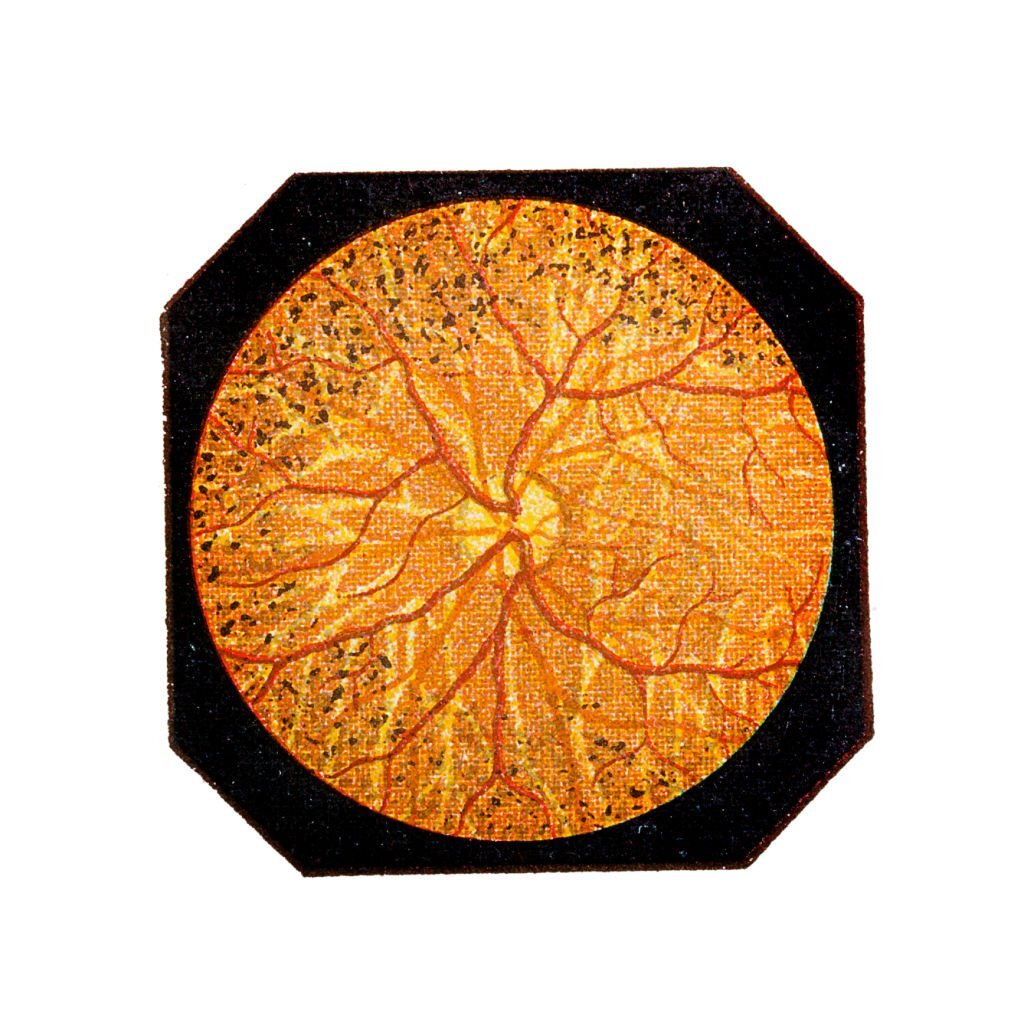
While Retinitis Pigmentosa is not a life-threatening illness, the DO’s and DONT’s listed below should be followed.
DOs
DON’T
Retinitis Pigmentosa should not prevent you from doing the activities you like. Whether you want to watch TV, read, write, drive, or socialize, there is a low vision aid or eyeglasses that is right for you. Low vision aids and eyeglasses are often advised for people with Retinitis Pigmentosa.

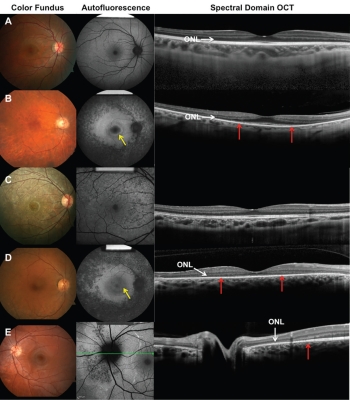
If your kid or someone you know has been diagnosed with RP, here are some key factors to remember:
It is unusual to lose entire sight.
Other RP therapies are under development. Stem cell treatment and oral medicines are also being studied to aid patients with hereditary retinal degenerations.
Retinitis pigmentosa may be diagnosed by an ophthalmologist (eye doctor). A special equipment called an ophthalmoscope is often used by the doctor to inspect the interior of the eye, where the retina is situated. If the patient is in good health, the doctor will see an orange to red region called the fundus.
The fundus, on the other hand, will exhibit brown or black patches if the patient has RP. If RP is suspected, an ophthalmologist may conduct an electroretinogram to confirm the diagnosis (ERG). This exam assesses the retina’s function. During the test, multiple colored lights are flashed into the patient’s eyes as he or she stares at a huge reflecting globe. An electrode is put on the eye, and a wire sends data on the retinal activity of the eye. Patients with RP have decreased electrical activity in the retina, indicating that the photoreceptors are not working correctly.
Visual tests may also be used to measure the degree of a person’s eyesight loss.
Genetic testing: Retinitis pigmentosa is caused by a variety of genetic mutations.
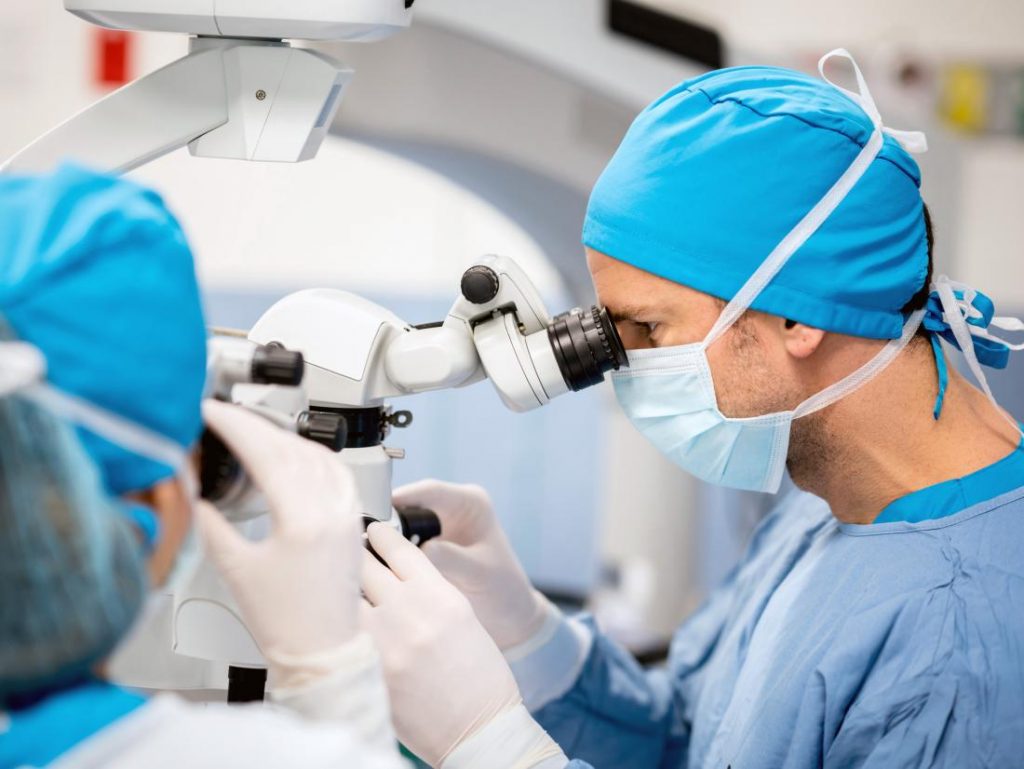

Retinitis pigmentosa is one of the most prevalent hereditary retinal disorders (Retinopathies). It is projected that 1 in 3,500 to 1 in 4,000 persons in the United States and Europe would be affected. There are no known techniques to prevent RP from happening after it has been inherited.
A person with Retinitis Pigmentosa usually acquired a gene from one or both parents, however the disorder may sometimes skip generations. Retinitis Pigmentosa occurs when the retina fails to react adequately to light.
Nonsyndromic retinitis pigmentosa is caused by mutations in more than 60 genes. More than 20 of these genes are linked to the disorder’s autosomal dominant type.
In most cases, retinitis pigmentosa affects both eyes. Vision continues to deteriorate in certain instances of the illness. Other varieties of retinitis pigmentosa damage just a tiny region, and vision may not alter for many years.
Visit a low vision specialist to learn more about low vision aids and choose the proper ones. Find one in your region.